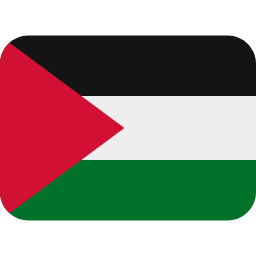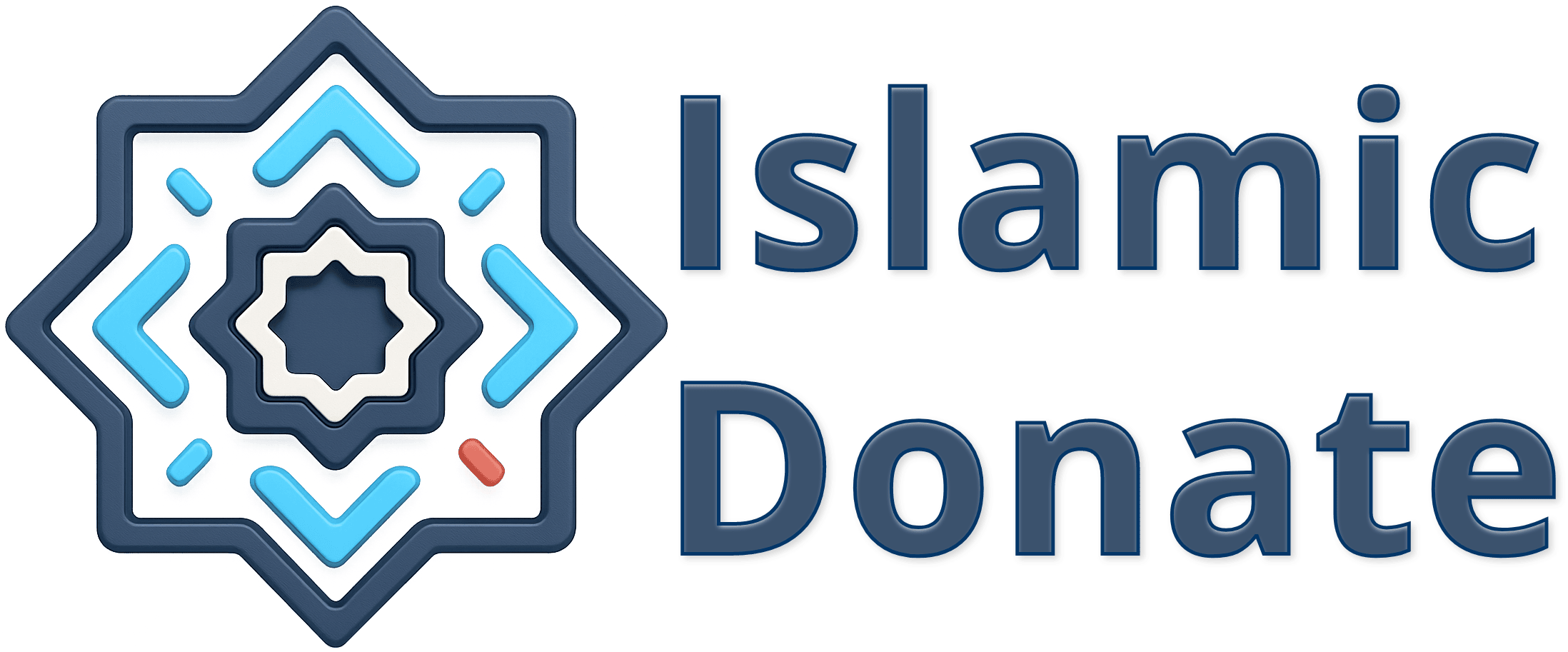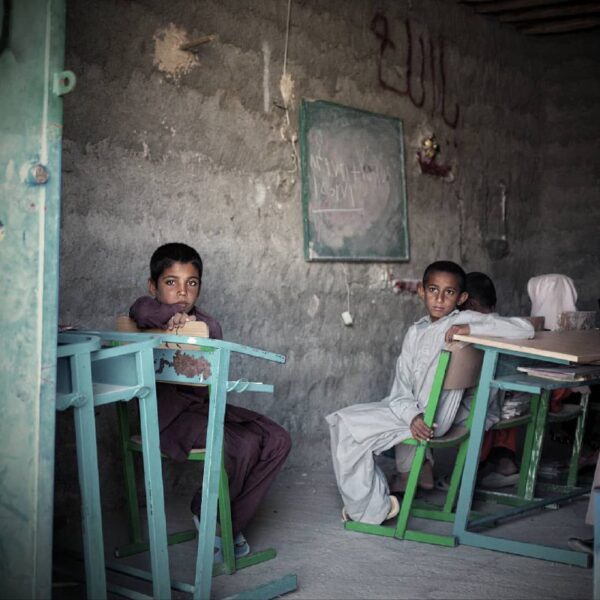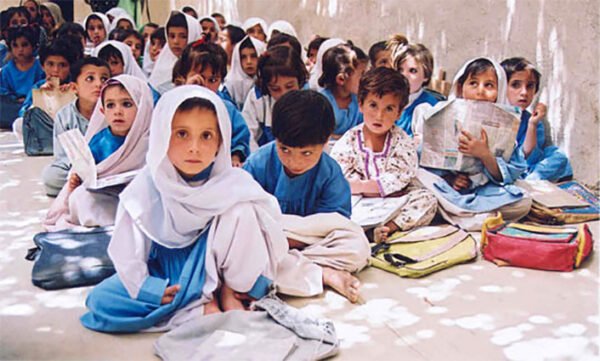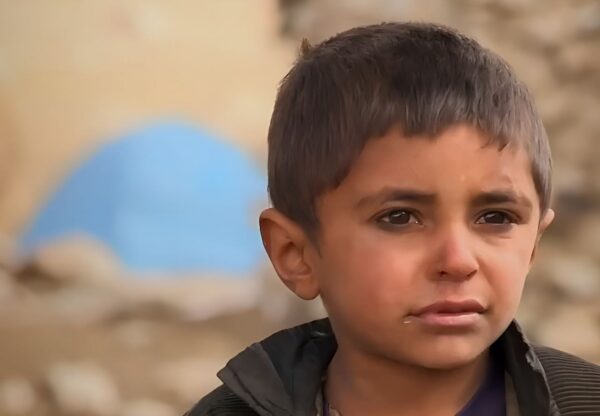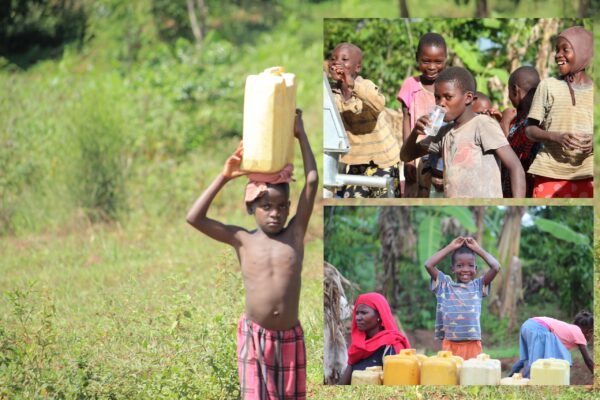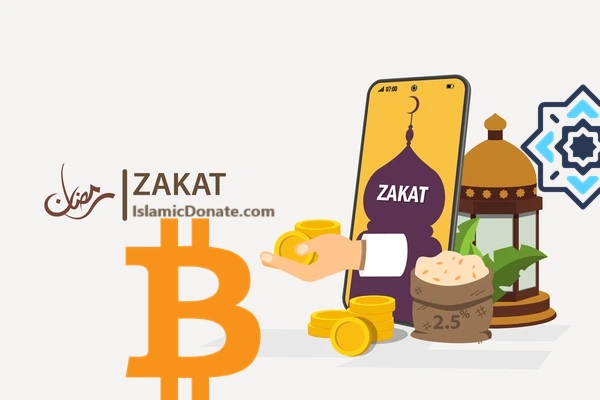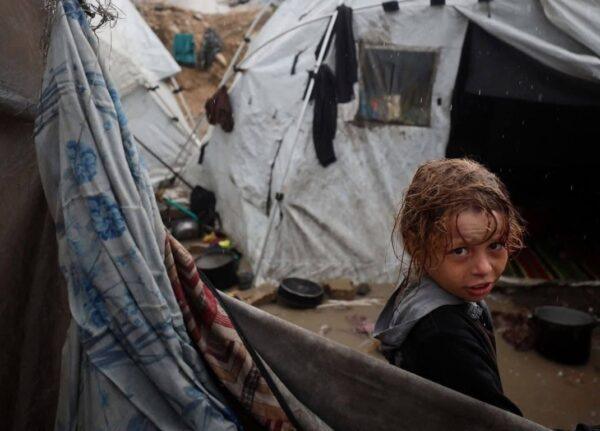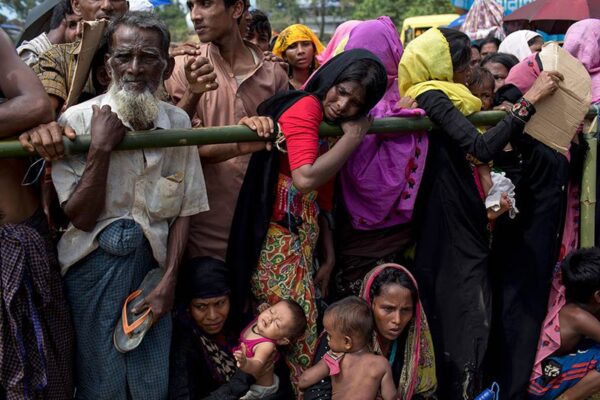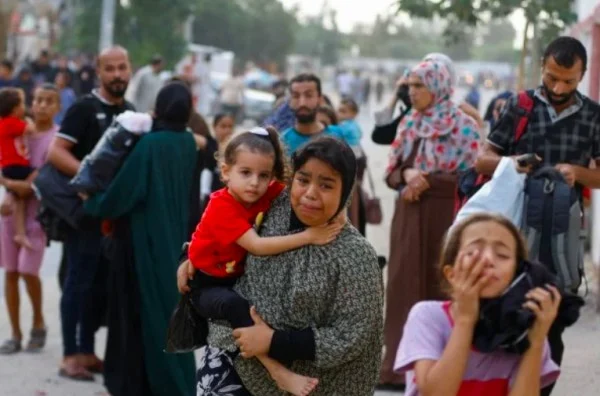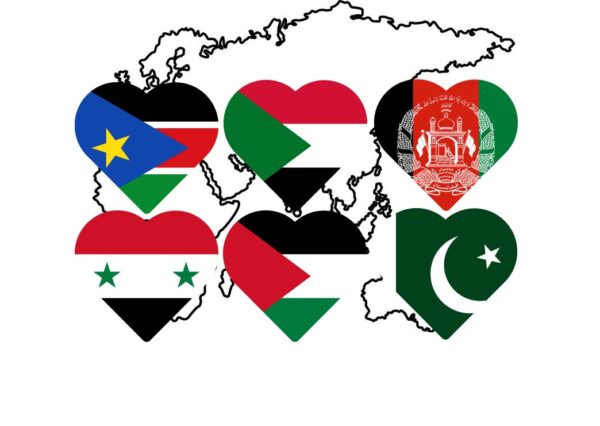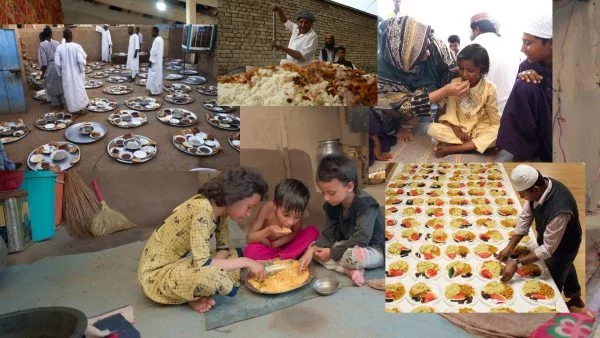It is difficult to make a sweeping generalization about which groups of people are weak in education, as educational attainment can vary greatly depending on various factors such as socioeconomic status, access to quality education, and cultural context. However, there are certain groups that tend to face more challenges in education than others.
According to the UNESCO Institute for Statistics, in 2021, approximately 773 million adults worldwide lacked basic literacy skills, which means they were unable to read or write a simple statement about their daily life. This represents about 15% of the global adult population.
In less developed countries, the percentage of adults without basic literacy skills is higher. The same UNESCO report found that in the least developed countries, 32% of adults lacked basic literacy skills. Additionally, women are disproportionately affected by illiteracy, with two-thirds of the world’s illiterate adults being women.
Globally, girls and women have historically faced barriers to accessing education. Although significant progress has been made in recent years, gender disparities in education persist, particularly in low-income countries. In these settings, girls are more likely to drop out of school, have lower literacy rates, and face limited opportunities for further education due to factors like poverty, early marriage, and traditional gender norms.
In terms of age groups, children and adolescents from disadvantaged backgrounds are more likely to struggle academically. This can include those living in poverty, ethnic minorities, refugees, and those with disabilities. These groups often face barriers to accessing quality education and are more likely to have lower educational attainment.
Our team’s effort is to carefully examine these educational challenges in the different groups and ethnicities covered and provide an educational program suitable for the region. These programs will be in accordance with the limitations, situations and traditions of the indigenous people of the region. It’s important to note that education is a complex issue, and it’s not solely about age or gender. Many factors contribute to educational disparities, and addressing these challenges requires a comprehensive approach that considers the unique needs of different groups and communities.
